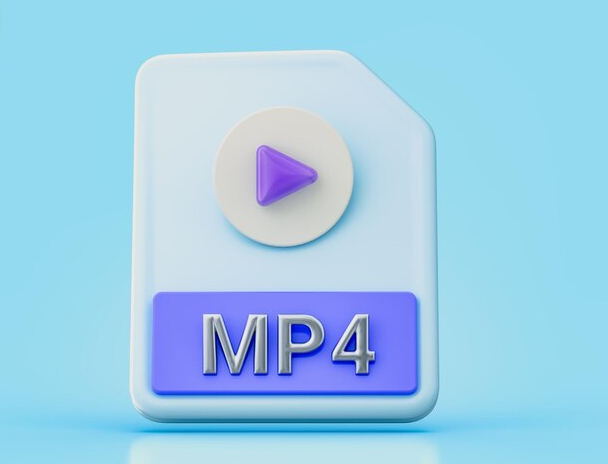An MP4 file, also known as an MPEG-4 Video file, is your gateway to a world of multimedia. Whether you’re eager to enjoy a video, edit one, or convert it to a different format, MP4 files are versatile and widely encountered. In this guide, we’ll delve into the realm of MP4 files, unraveling their essence and exploring how to make the most of them.
Understanding MP4 Files
At its core, an MP4 file is a concise representation of an MPEG-4 Video file. This format is not limited to video; it can encapsulate video, images, audio, and even subtitles. You may stumble upon MP4 files when you download videos from the internet or use DVD ripping software to save a DVD’s content to your computer.
Sometimes, you’ll find audio-only files saved with the .M4A extension, showcasing the adaptability of this format.
Read Also: How to use YouTube TV multiview to watch Live Streaming
How to Open an MP4 File
Opening an MP4 file is usually straightforward. You can simply double-click the MP4 file, and your computer will identify the default application for handling it. Typically, most users have Windows Media Player or QuickTime pre-installed, allowing MP4 files to open seamlessly.
If, by any chance, the MP4 file remains unresponsive, it might be because your system lacks a suitable program. In such cases, we recommend installing one of the programs mentioned earlier, such as the versatile VLC player, or MPlayer, which both support MP4 files admirably. In some instances, you may need to install a MPEG-4 codec to ensure smooth playback. A MPEG-4 codec is a tiny piece of software that helps your computer recognize and play MP4 files.
For Windows users, the X Codec Pack offers a free collection of popular codecs that work seamlessly on Windows 10, 8, and 7. After installation, your favorite media player will effortlessly handle MP4 files, along with a host of other popular video formats.
Additionally, many mobile devices, including Apple’s iPad, iPod touch, iPhone, and Android devices, natively support MP4 files. This means you can effortlessly play MP4 videos received via text, email, or on web pages without the need for additional apps.
MP4 files can also be edited with various free programs, such as VSDC Free Video Editor, Lightworks, MAGIX Movie Edit Pro, Adobe Premiere Pro, and Pinnacle Studio. These tools empower you to refine your MP4 content as per your creative vision.
If your PC attempts to open MP4 files with the wrong application, or if you prefer to use another installed program for MP4 files, you can change the default program for a specific file extension in Windows.
Converting MP4 Files
Should you ever need to convert an MP4 file to a different format, a myriad of options is at your disposal. One user-friendly choice is Any Video Converter, which offers support for transforming MP4 files into formats like MKV, FLV, and AVI.
If you prefer an online solution, Zamzar stands ready to convert MP4 to various formats such as WEBM, MPG, AC3, OGG, FLAC, MOV, and more. These online converters eliminate the need for software installation, but remember that you’ll have to upload your MP4 file to the website and then download the converted version before using it.
Zamzar extends its support to MP4 to GIF conversions as well. Alternatively, TinyWow is another efficient method. If the video exists online, converters like Imgur’s Video to GIF or the ezgif.com website can be handy.
Keep in mind that online converters might require some time for the video upload, especially if the file is substantial. Once the conversion is complete, downloading the file can also be time-consuming.
For those seeking more advanced options, several free video converter programs and online services can provide additional functionality, such as clipping and cropping.
Troubleshooting: Can’t Open Your MP4 File?
If you encounter difficulties opening an MP4 file, double-check the file extension. Often, users confuse similar extensions with MP4. M4P is a classic example, but with a little attention, you’ll conquer this hurdle.
FAQ
What’s the difference between M4V and MP4 files?
M4V files, or iTunes Video files, are akin to MP4 files, with a notable difference: M4V files often come with DRM copyright protection, requiring authorization for playback.
What’s the difference between MOV and MP4 files?
MOV files belong to Apple’s QuickTime format and work best with Apple devices and QuickTime players. In contrast, MP4 files boast broader compatibility across various devices and software.
What’s the difference between MP3 and MP4 files?
MP3 files are exclusively for audio, while MP4 files serve as multimedia containers, accommodating audio, video, images, and text.






